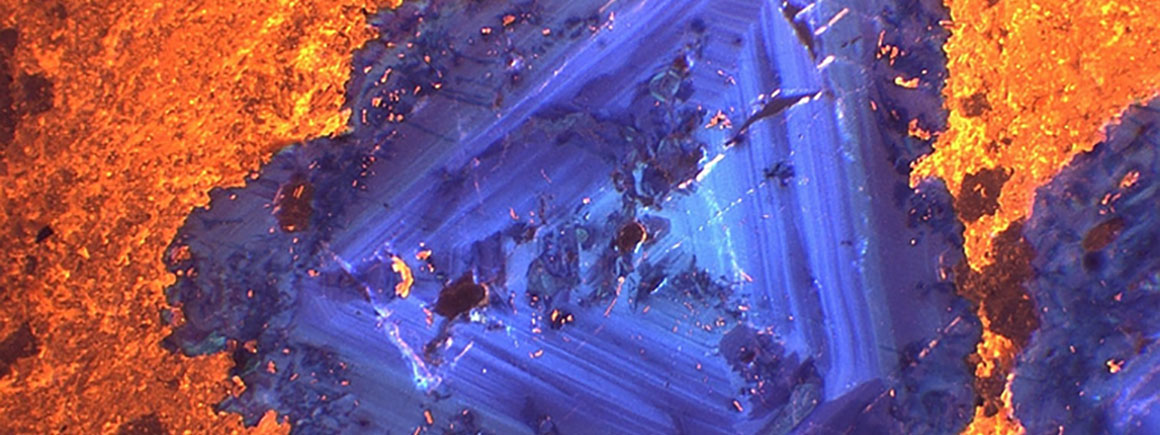New dates coming soon
New dates to be announced soon, please check back for updates on the Museum's training and development courses.

Learn basic theory and practice the methods used in electron beam-based analysis and data.
Electron beam-based analysis and data interpretation have many applications within earth sciences and beyond.
Understanding how analytical scanning electron microscopy (SEM) and electron probe microanalysis (EPMA) can be used and how the data these instruments produce can be interpreted can unlock breakthroughs in research.
This four-day course explores electron beam analysis, including interactions between electrons and the specimen, emission of x-rays from the sample, detectors, quantitative analysis, assessing data quality, its interpretation and presentation. The course also covers limitations in analysis, for example in variable pressure and environmental SEMs.
The course will be led by our scientists and analysts who regularly prepare and analyse biological, geological and synthetic material for staff, scientific visitors and consultancy projects.
Please note that while tea and coffee will be available throughout the course, lunch will not be provided.
By the end of this course delegates will be equipped with the skills and ability to make informed decisions about:
Contact the Training and Development team on +44 (0)207 942 6182 or email us.
New dates to be announced soon, please check back for updates on the Museum's training and development courses.
For postgraduates in the fields of geology, earth sciences and environmental sciences.